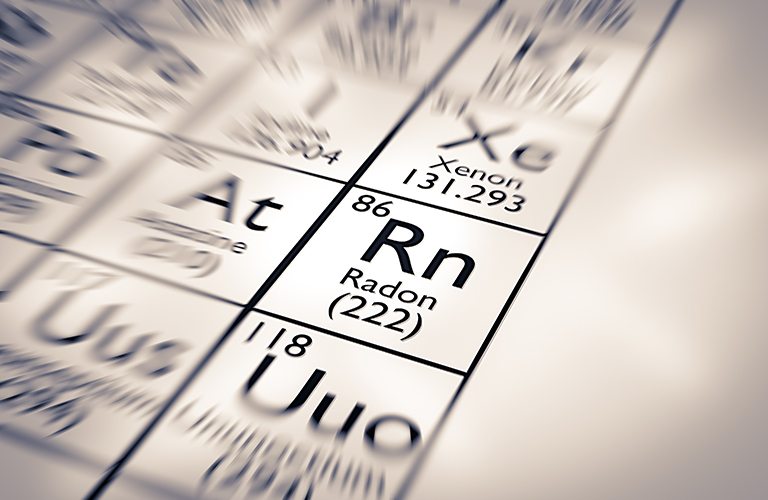
In a January 24th Presidential Memorandum, President Trump urged the Commerce Department to develop a “permitting streamlining action plan” recommending policy and procedural changes that will boost domestic manufacturing. The manufacturing sector frequently cites regulatory requirements, including delays in the processing of necessary permits, as barriers to investment in domestic manufacturing projects. It is anticipated that the Trump memo could cover a number of environmental permits such as Title V operating permits, new source review permits, as well as national pollutant discharge elimination system permits. The policy contains no details; however, industry trade organizations are optimistic that the memo will… Read more




